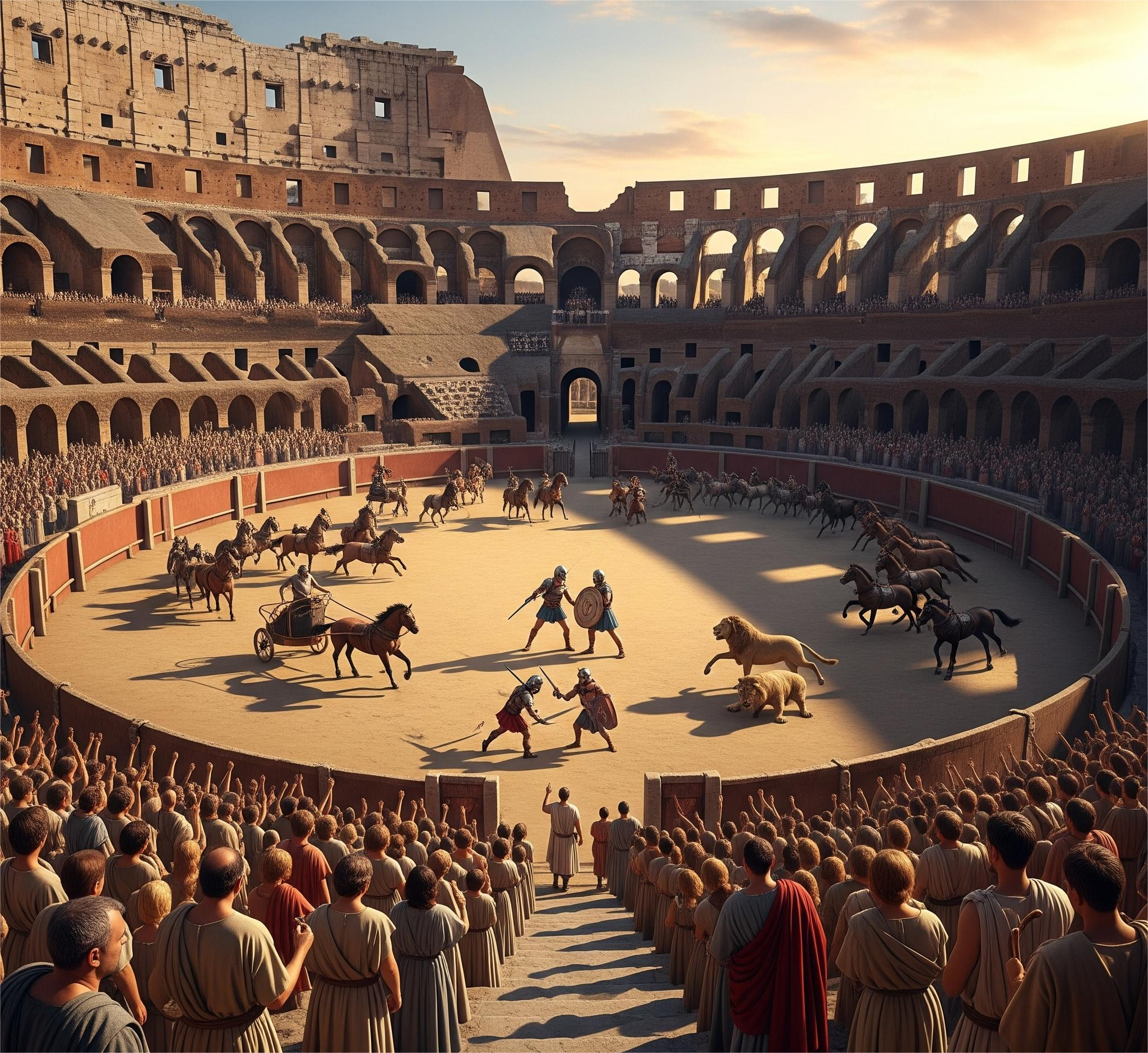Towering over the heart of ancient Rome, the Colosseum stands as a monumental testament to Roman engineering, spectacle, and societal values. Completed in 80 CE under Emperor Titus, the Flavian Amphitheater—as it was officially known—could hold up to 50,000 spectators and was primarily used for public games, or "munera."
These spectacles included gladiator combats, wild animal hunts (venationes), and even mock naval battles (naumachiae) staged when the arena was flooded. While brutal by modern standards, these events served complex social and political functions. They reinforced imperial power, provided free entertainment, and acted as a form of social control, drawing the masses into the grandeur of the Roman state.
Beyond the violence, the Colosseum also demonstrated Rome’s mastery of architecture and crowd management. Its tiered seating reflected the rigid class hierarchy, with senators closest to the arena and women and the poor in the upper tiers. The Colosseum's influence on urban design and entertainment arenas persists even today, symbolizing both the glory and excesses of imperial Rome.







